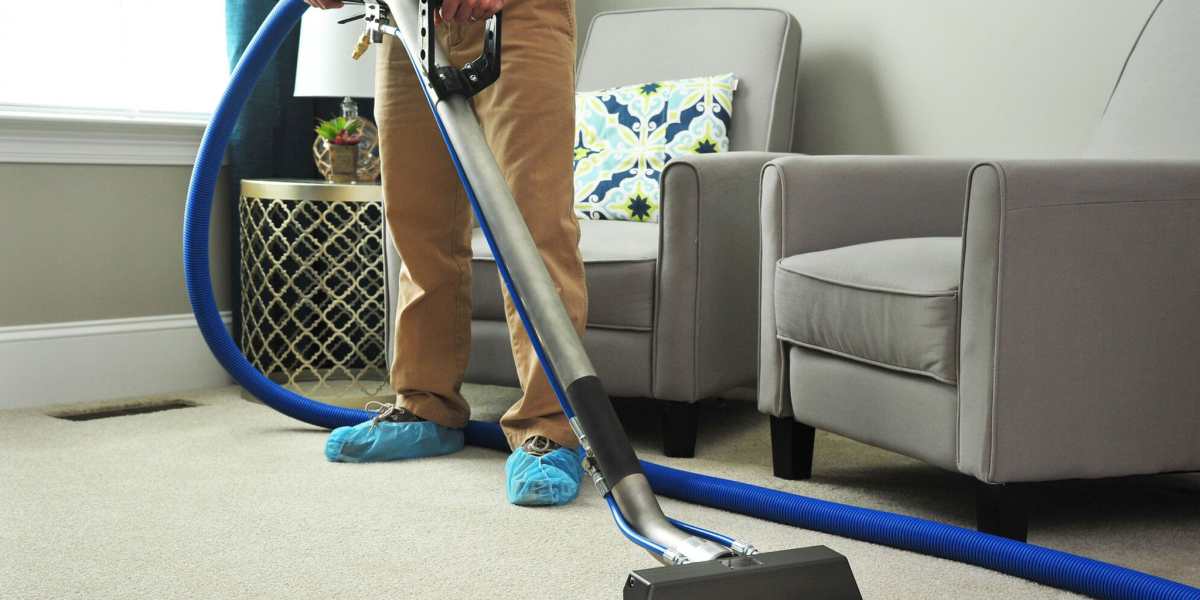For many people, topics related to the pelvic floor—such as bladder leaks, bowel issues, or sexual discomfort—remain uncomfortable or even embarrassing to discuss. As a result, countless individuals silently endure symptoms that significantly affect their quality of life. Yet, the reality is that pelvic floor dysfunction is incredibly common, affecting both men and women of all ages. It’s time to break the silence, normalize the conversation, and empower people to seek help. Talking openly about pelvic floor health is not just about awareness—it’s about reclaiming control, confidence, and well-being.
- Understanding the Pelvic Floor
The pelvic floor is a group of muscles, ligaments, and tissues that form a supportive “hammock” at the base of the pelvis. These muscles hold up vital organs such as the bladder, bowel, uterus (in women), and prostate (in men). They play a key role in controlling urination, bowel movements, and sexual function.
When these muscles weaken, tighten, or lose coordination, issues such as urinary or fecal incontinence, pelvic pain, organ prolapse, or sexual dysfunction can occur. Despite how common these problems are, many people feel too embarrassed to talk about them—even with healthcare professionals.
- Why the Stigma Exists
Cultural taboos, social norms, and a lack of education have long made pelvic health a “hush-hush” topic. People are often taught that discussing bowel or bladder issues is impolite or shameful. Women, in particular, may be told that leakage after childbirth or pelvic pain is “just part of getting older” or something to “put up with.”
Men face their own barriers too. Pelvic floor issues linked to prostate surgery, erectile dysfunction, or incontinence are often tied to feelings of embarrassment or masculinity concerns. This silence prevents individuals from realizing that their symptoms are both common and treatable.
By breaking the stigma, we create space for honest conversations, early intervention, and better quality of life for everyone affected.
- The Reality: Pelvic Floor Issues Are Common
Contrary to popular belief, pelvic floor dysfunction is not rare—it’s widespread. Studies suggest that:
- Up to one in three women experience urinary incontinence at some point.
- Half of all women over 50 show some degree of pelvic organ prolapse.
- Men can develop pelvic pain, post-surgical incontinence, or erectile issues due to weakened pelvic muscles.
Despite these numbers, many individuals delay seeking help for years, believing their symptoms are “normal” or untreatable. In truth, pelvic floor dysfunction is highly manageable with professional care, especially through pelvic floor physiotherapy.
- How Pelvic Floor Physiotherapy Helps
Pelvic floor physiotherapists are trained specialists who assess and treat problems related to pelvic health. They use evidence-based techniques to help clients strengthen or relax their pelvic muscles, improve coordination, and reduce pain or dysfunction.
Treatment may include:
- Targeted exercises (like Kegels, but tailored to each person)
- Manual therapy to release muscle tension or scar tissue
- Breathing and posture training to support pelvic alignment
- Education on healthy bladder, bowel, and lifestyle habits
Physiotherapy offers not only physical healing but also emotional reassurance. Many people feel relieved simply to have a safe, judgment-free space to discuss their symptoms and understand their bodies better.
5. The Power of Talking About It
Open conversation is one of the most powerful tools for dismantling stigma. When people share their experiences—whether in support groups, online communities, or casual conversations—they remind others that they are not alone.
Healthcare providers also play a key role. By bringing up pelvic health during checkups and normalizing these discussions, they encourage early intervention. Education in schools, workplaces, and wellness programs can further empower people to prioritize pelvic health just like heart health or mental health.
Simple steps to encourage open dialogue include:
- Using clear, non-judgmental language when discussing symptoms.
- Sharing credible information about pelvic floor therapy and recovery.
- Encouraging friends, partners, or family members to seek help if they experience issues.
The more we talk, the more we break the taboo—and the easier it becomes for others to reach out for help.
6. Pelvic Health Is Part of Whole-Body Health
Pelvic floor health doesn’t exist in isolation. It’s connected to your core stability, posture, breathing, and emotional well-being. Poor pelvic function can contribute to back pain, digestive issues, and even mental health challenges like anxiety or low self-esteem.
Conversely, improving pelvic floor function enhances overall health. It supports better bladder and bowel control, improves sexual confidence, and enhances quality of life. It’s a key part of self-care—something everyone deserves to prioritize.
- Taking the First Step
If you’re struggling with symptoms such as leakage, pelvic pain, or pressure, know that you’re not alone—and that help is available. Start by speaking with your doctor, gynecologist, urologist, or a pelvic floor physiotherapist. Early assessment and intervention can prevent problems from worsening and help you return to normal, healthy function.
Conclusion: Let’s Keep the Conversation Going
Breaking the stigma around pelvic floor health starts with one simple act: talking about it. The more we normalize these discussions, the more people can access care without shame or hesitation.
Pelvic floor issues are common, treatable, and nothing to be embarrassed about. By embracing openness, we not only empower ourselves but also help others feel seen, supported, and inspired to take control of their health.
So, let’s change the conversation—from silence and stigma to strength, awareness, and healing. Your pelvic health matters, and talking about it is the first step toward a healthier, more confident you.
















